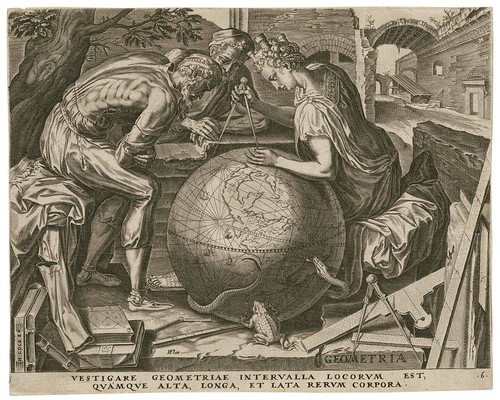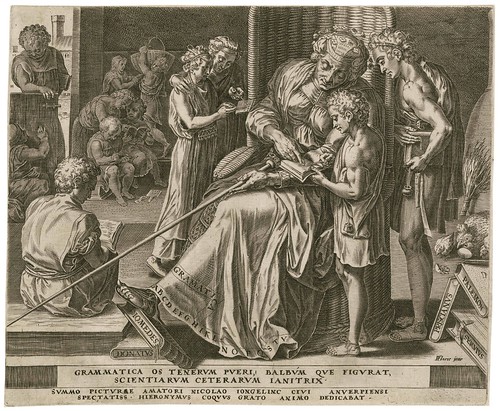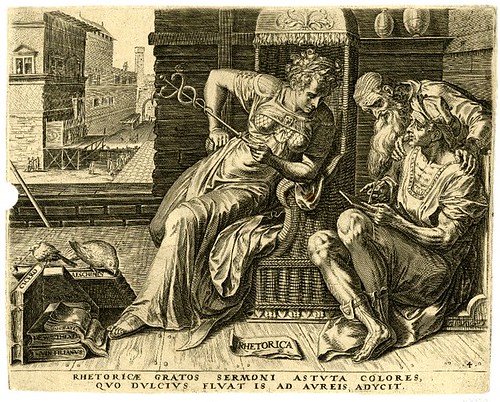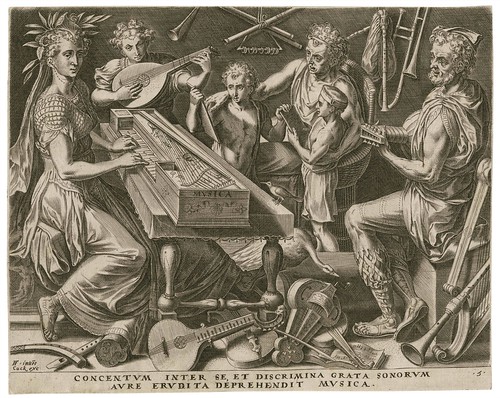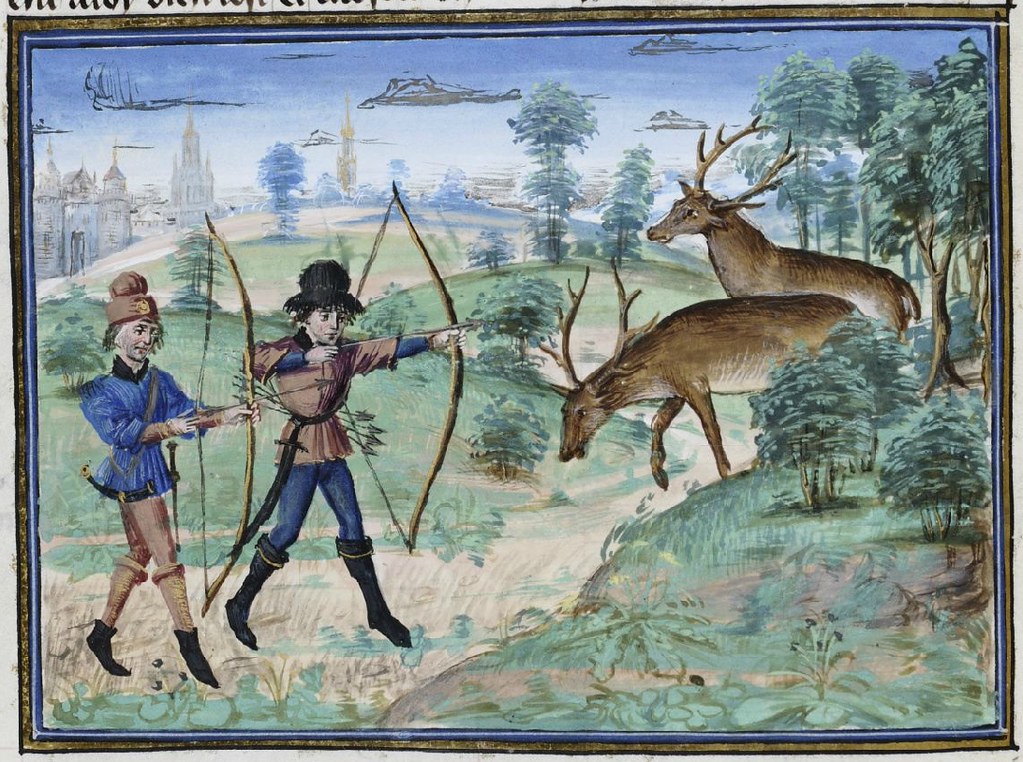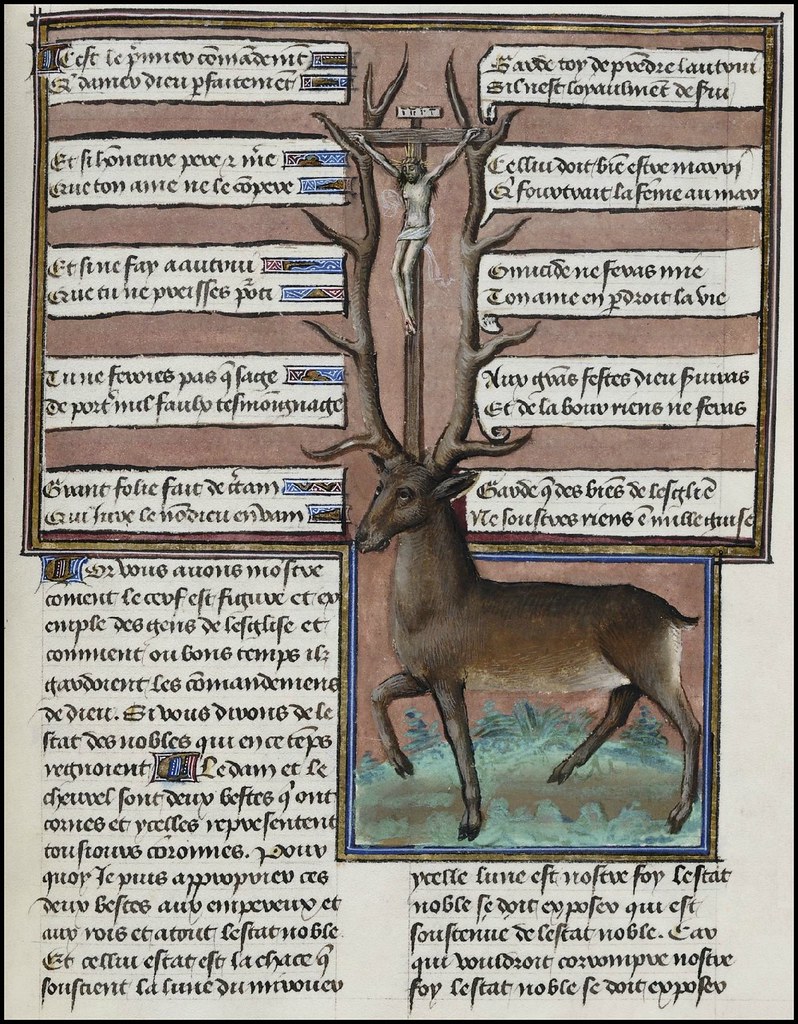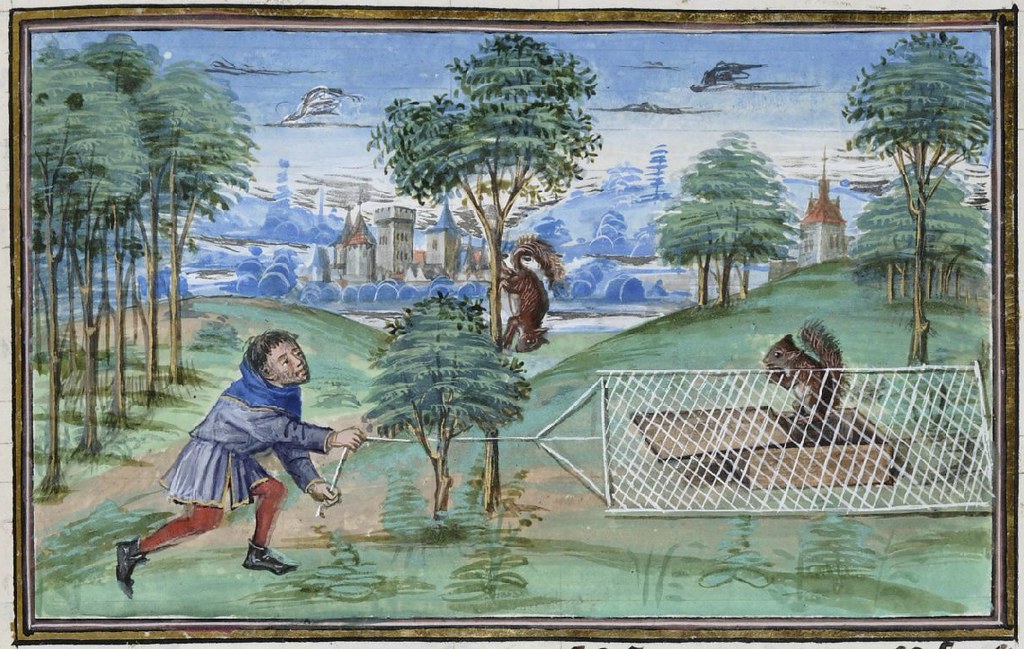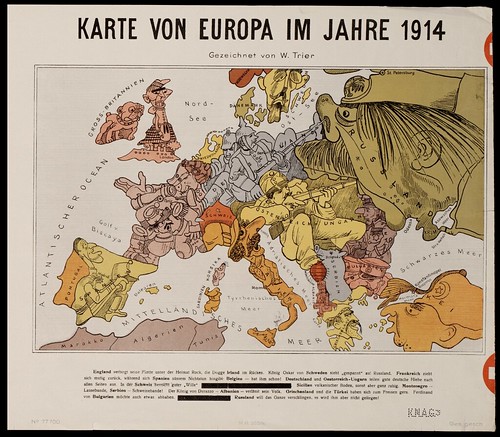 | ||
| Meaning of this map: Russia wants to swallow up everything. England hides its fleet under the skirt of home, the dog Ireland is at its back, looks ready to attack (?). King Oskar of Sweden looks “intently” at Russia. France bravely retreats, while Spain devotes itself to sweet “idleness.” Regarding Spain, most of the times on other maps I noticed that the frequent representation is a bullfighter. German and Austria-Hungary strike solid German blows on all sides. Montenegro – a pack of lice. Serbia – a pack of swine! The King of Derazzo. Albania – abandons its people. Greece and Turkey are eager to devour one another. Ferdinand of Bulgaria would also like to have a share. |
In 2014 the world will mark the
100th anniversary of the outbreak of the First World War. I post here a brief
letter I've found at site 1914.org
"I
am for the front on Tuesday, but if you write and say I am only seventeen it
will stop me from going. Don’t forget."
This note was sent by soldier
Stephen Brown (5th Bn, King’s Royal Rifle Corps) to his mother, April 1915. He was killed at Ypres a month later. I could obtain his complete correspondence at telegraph.uk website (direct link provided).
Never
a war changed the world like 1st WW or "Great War" did. I wont post here nothing about the
assassination of Archduke Franz Ferdinand in Sarajevo and all consecuences
about the serbian campaign. Wikipedia has an excellent article with basicly all
you need to know about the WW1 (links provided on this same parragraph).
The post today is about a 20th C.
collection of satirical and, -in my opinion- cruel maps designed to introduce
hate and pro-war interest, that impressed me a lot first time I saw it: With the
start of hostilities in 1914, the satirical press threw its full weight behind
the German war effort and in aid of a fatherland under threat. Even pens that
had been known for their criticism of the government followed the call by
Emperor Wilhelm II for a “holy union”, and depicted the war as a defense of
German culture against the onslaught of barbarism. (Note: I could read same idea on Ian Kershaw's A. Hitler biography. This was his basic argumentation also in "Mein Kampf")
In their initial enthusiasm,
they promoted the image of a ridiculous, incompetent, rude and cruel enemy that
would almost instantly disintegrate. Russia, and to a lesser degree England, is
the target of its most scathing insults; France is pictured as following the
others’ lead and sometimes even as a victim of her alliances.
I forgot to mention source :: collection is online available at University of Holland website (direct link provided here "Kaartencollectie")
 |
| Title: "Hark! hark! The dogs do bark!". Dogs of War are loose in Europe, and a nice noise they are making! Meaning of this Map: By the fine unwritten law of Dogdom big dogs never attack little dogs. There are, however, scallywags in every community, and, egged on by the Dachshund for private ends, the Mongrel started bullying a little Servian. There was a very game little Belgian Griffon, and there was a great big French Poodle, a smart dandified fellow, and there was a Bulldog (Bulldog has a habit of sleeping with one eye open, and, when he is roused, he grips and won't let go). Dachshund started by attacking the Belgian Griffon. even the little Servian gave the Austrian Mongrel some nasty bites, and so did a neighbour of his named Monty. Italia dissembled her love in the strangest way, and asserted that War was a luxury which she could not afford just now. |
 |
| Overview of European Spring, 1915 (by Lucas Gräfe; Hamburg, AK [pub.], 1915) |
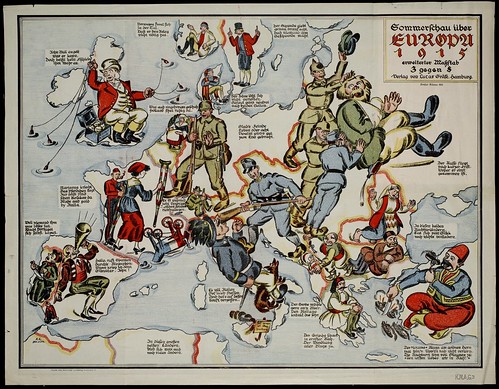 |
| Summer Review of Europe, 1915 (by Lucas Gräfe; Hamburg, AK [pub.], 1915) |
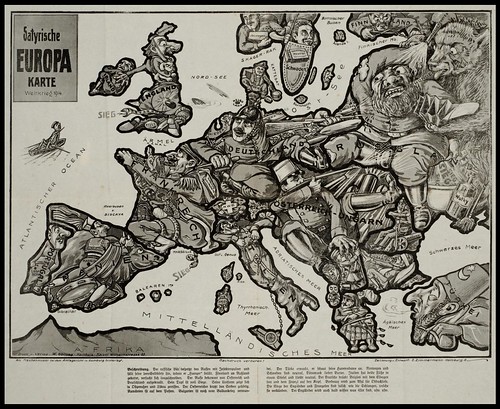 |
| Meaning of this map: The Russian bear sprays insect repellant on the Russians and holds out his empty wallet while roaring “hunger.” Finland, chained to Russia, tries to cut itself free. The Russian is under fire from Austria and Germany. His uniform shows a tear in East Prussia and Lithuania. The Austrian duly scratches the Serbs. Rumania is at the ready. Bulgaria is still wounded from the Balkan War. The Turk awakes, he looks at his harem woman. Norway and Sweden are neutral, Denmark supplies butter. Italy has both feet in one boot and remains neutral. The German pushes Belgium out of the way with the elbow and is at Franzi’s head. Bordeaux becomes an asylum for the homeless. The victories of the English and French are false, like the snakes that proclaim them. |
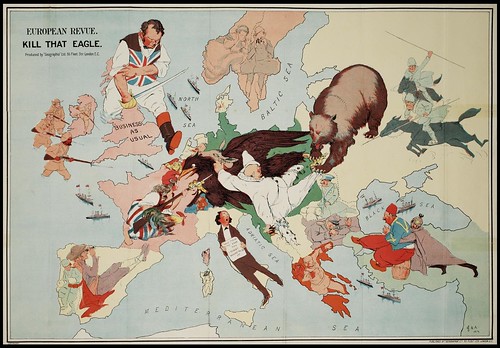 |
| Meaning of this map: Of great collecting value! European revue. Title: Kill that eagle. [..] This satirical map of Europe is 'a document proving the perfidy of Albion'. Whilst German assets and blood fight for the fatherland, England regards the war merely as business by saying sneeringly: 'Business as usual' [..]. The map reproduces the English original exactly. The few words are transposed into German for better understanding. The price of this map in London is 1 shilling - 1 mark. Reproduced by a German printer without kind permission from our English cousin, as an eternal memento. Printer and Publisher W. Nölting, Kaiser Wilhelmstr. 93. HAMBURG 36 |

